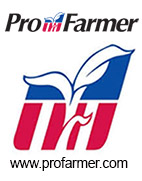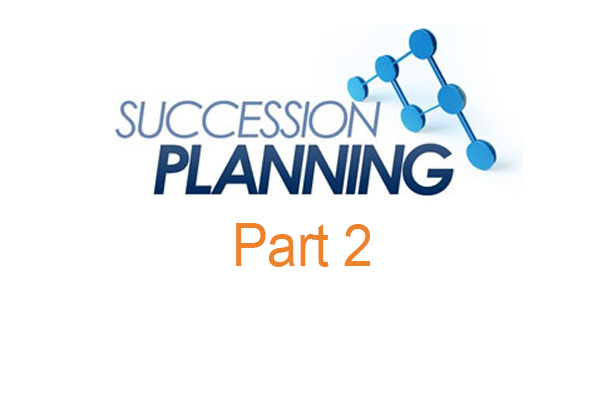Succession Planning: Key Components Your Plan May Be Missing (Part 2)
 In part one, we discussed the importance of including a management succession component to your farm’s succession plan. The second component that is often missing is the consideration of Governance.
In part one, we discussed the importance of including a management succession component to your farm’s succession plan. The second component that is often missing is the consideration of Governance.
There are several reasons why governance is often dismissed. First, most business owners reject the idea that their operation is big enough to warrant a Governance strategy. Second, they are mistrustful and do not have a comfort level with allowing other professionals to see financial information or have access to other information that may be deemed sensitive. Third, their belief is that it will add complexity to running the operation. Finally, they believe that they will be giving up control.
The reason that a farm operation should consider a Governance strategy is a powerful one. Most farms require the owners to leave money in the operation to facilitate a successful transfer to the next generation. Very few heirs in today’s economic environment have the ability to fund a complete buy out. Given this reality, owners are left facing the fact that their entire life’s work is now going to be in the hands of their heirs. This is one of the prevailing reasons why so many farm operators find it difficult to determine when they should step out of the day to day operation and turn over management and decision making to the next generation.
Governance does require an owner to complete a mental shift. The decision is whether to stay in the operation and manage it OR to set up a system that will allow the owner to have access to information, input into key decisions and an ability to influence the selection of people who will have oversight of the operation. The Governance structure, in tandem with a Management Succession plan, is what often precipitates an owner’s ability to transition out of the day-to-day operational activities with a high level of confidence and ease, knowing that they will be able to see an issue long before it becomes an actual revenue impacting problem.
A Governance Structure should do four things:
- Determine the Ends. The Ends define what the owners want from the business. This could be determining cash flow, profitability, growth or how much the owners will be paid from the business each year.
- Hire the CEO. In absence of the owner, a CEO or Farm Manager should be identified. This person answers directly to the Board and is accountable for meeting the Ends.
- Establish the limitations of the CEO. The third objective of a Governance strategy is to identify the limitations of the CEO. This can include a guideline for expenditures, how much money they can borrow, what information needs to be shared regarding financial performance, etc.
- How the Board of Directors will govern itself. The Governance Policy should identify how members are elected, how often the Board will meet, what happens if a Board member wants to retire, etc.
So, let’s revisit our list of concerns. First, our operation isn’t big enough. If the successful transfer of the operation from one generation to the next requires that the owners leave money in the operation – you are big enough. The Board doesn’t have to be big – three to seven members is all that is required to have a very effective Board.
Next, you may be uncertain about sharing financial or other sensitive information with outsiders. The selection of your Board can be from a very big geographical area. Many Board meetings are held virtually in order to attract the RIGHT Board members and to limit exposure to people who may know you. There are Board member recruitment sites which allow you to do a very comprehensive search which will increase your ability to find professionals with the right experience and personality to truly support your operation.
Third, you may believe it will add too much complexity. Typically, at any phase of the succession process, the more clearly the roles, goals, expectations, and accountability can be defined, the less complexity the operation will experience. Often I have found that the complexity occurs when there is disharmony, disagreement or lack of performance. Families are often not well equipped to deal with these issues and therefore the succession plan can stall or fall apart.
Finally, you may feel that you will lose control. Control in business is a phenomena that can cause businesses to decline or fall apart. When an owner reaches a stage in their career where they are no longer able to perform as they have in the past, tensions between generations can become toxic. A comprehensive succession plan should define how an owner will transition into a position where they can provide value without slowing down the growth or production opportunities of the operation. Governance strategies should be designed to create a high degree of communication and accountability which will allow a transitioning owner to feel confident that their investment in the farm is being carefully managed. In other words, give an owner more control, although it may look different than it has in the past.
Written by Rena Striegel, President of Transition Point Business Advisors.

Transition Point Business Advisors
4125 Westown Parkway, Suite 104 · West Des Moines, IA 50266 · Phone: (515) 225-4486
© 2024 Transition Point Business Advisors
All registered and common law trademarks are owned by Transition Point Business Advisors or their respective owners.
Disclaimer

